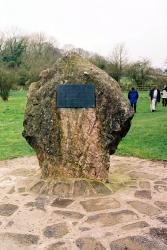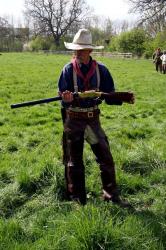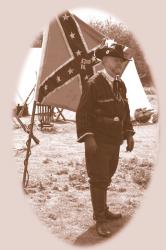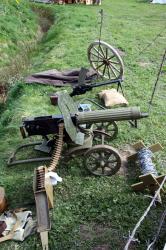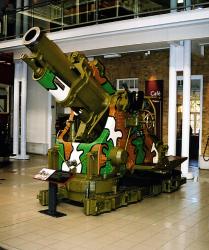Translate this Page
Les Mielles
Battle Name : Les Mielles
Date(s) : 21 October 1651 - 22 October 1651
Part of : The Civil Wars of the Three Kingdoms , The 3rd English Civil War ,
Outcome : A victory for Parliamentarian Expeditionary Force over Royalist Militia
Type of battle : Land
Summary
Parliamentarian troops stormed the beach under fire at St. Ouen’s Bay, Jersey, and drove off Royalist dragoons.
Location
Les Mielles, St. Ouen’s Bay, Jersey. (Channel Islands)
More details
In spite of the defeat of the Prince of Wales at Worcester the previous month, the Island of Jersey still held out as a Royalist stronghold, and most infuriatingly for Parliament was home to a fleet of highly effective privateers and had sheltered Charles II.
On the 19th October a fleet under General at Sea Robert Blake - the ‘Father of the British Navy’ - set out for the Channel Islands, in company with a small army led by Colonel James Heane, the Governor of Weymouth. They anchored off St. Ouen’s Bay in the west of Jersey on the 20th, but heavy seas prevented a landing. By the following day the Governor of Jersey, Sir George Carteret, had mustered the militia and brought them to the Bay. Blake sent a boat to parley, but Carteret, aware of the low moral of his troops following news of Worcester, ordered his guns to drive it off. In response Blake brought his warships inshore and began a four hour bombardment, which was largely ineffective as only seven were killed.
The General at Sea then sailed south to St. Brelade’s Bay, and waited for his enemy to catch him up. As soon as they arrived, he divided his forces, half sailing east to St. Clement’s Bay, the rest returning to St. Ouen. Now with no idea where the Roundheads would land, Carteret’s men spent the day tiring themselves out shadowing the fleet, and by sunset they were back at St. Brelade before returning to St. Ouen. The following day Blake’s guns opened up again, before he feinted towards St. Brelade, then back to St. Ouen, cruised north for five miles to the extreme end of the Bay, then went back south when he was joined by additional troops from Guernsey. He had at last achieved his objective: Carteret’s men were now exhausted, cold, hungry, rain-soaked, thoroughly dispirited and starting to desert.
At 11 o’clock on the night of the 22nd Blake began his landing. Carteret, who had been watching all the while, raced back to fetch his troops but of the one and a half thousand he had started with, only around 200 - his 150 dragoons and a handful of others - remained. Nevertheless he brought his light artillery to bear on the redcoat troops - who were headed by a Forlorn Hope under Captain Dover - and charged them with his dragoons. The untried militia were no match for Heane’s tough veterans, however, and within half an hour the dragoons had been routed and a beachhead secured.
The following morning Heane advanced inland whilst Carteret’s troops retired behind the walls of Mont Orgueil Castle, Elizabeth Castle and St. Aubin’s Fort. Blake’s flagship had been specially selected for the mission because Carteret had been her captain in the 1630s.
The battlefield, being largely dunelands, has shifted somewhat over the years. It was heavily altered by the Germans in the interests of defence during the Occupation of 1940-45, but has since been partially restored and is now a nature reserve.
Casualty figures
Parliamentarian Expeditionary Force
- Number engaged :
- 2,600
- Casualties :
- 29 (1.12%)
Royalist Militia
- Number engaged :
- 1,500
- Casualties :
- 28 (1.87%)

